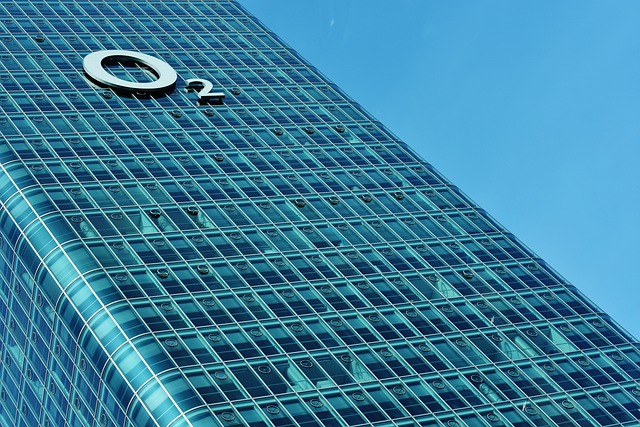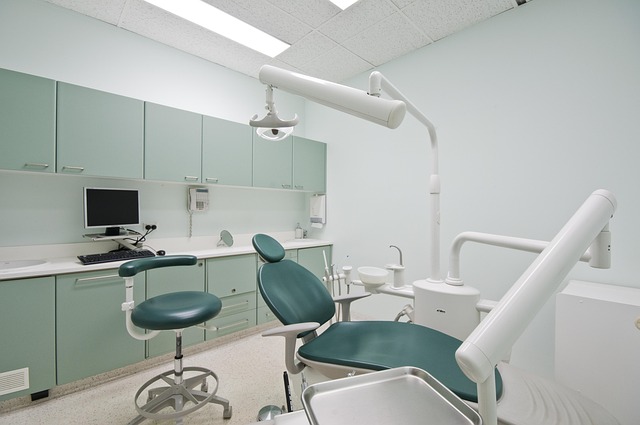The modern workplace is undergoing a dramatic transformation, shifting from traditional offices to flexible, collaborative spaces driven by changing employee expectations and technological advancements. Real estate professionals are adapting by creating coworking spaces and hybrid work models that prioritize community, accessibility, and adaptability. This trend fosters inclusivity, networking, and knowledge sharing among diverse professionals, while challenging conventional office norms and 9-to-5 cultures, especially in bustling metropolis worldwide.
Shared coworking spaces are reshaping modern workspaces, gaining traction as a dynamic alternative to traditional offices. In today’s remote work landscape, these collaborative hubs cater to diverse professionals’ evolving needs. This article explores how shared coworking spaces revolutionize real estate by reducing overhead costs and offering flexible leasing options. We delve into their role in fostering community, driving innovation, and transforming urban landscapes, while predicting their future integration into the fabric of cities.
The Shifting Dynamics of Modern Workspaces

The dynamics of modern workspaces are undergoing a significant transformation, reflecting changes in how we work and interact with our professional environments. Traditional offices, characterized by assigned desks and hierarchical structures, are giving way to more flexible and collaborative spaces. This shift is driven by evolving employee expectations, advances in technology, and the recognition that open, shared spaces can foster innovation and productivity.
Real estate professionals are noting this trend, as businesses increasingly opt for coworking spaces or adopt hybrid models that blend remote work with in-office collaboration. These new workspace designs prioritize community, accessibility, and adaptability over traditional real estate norms. As a result, modern workplaces are becoming more inclusive, facilitating networking and knowledge sharing among diverse professional backgrounds and industries.
– Exploring the evolution of work environments

The evolution of work environments has seen a significant shift from traditional, private offices to more dynamic and collaborative spaces. This transformation is largely driven by changing workforce demands and preferences, especially among younger professionals. Shared coworking spaces have emerged as a prominent trend in recent years, offering flexible and community-oriented alternatives to the rigid structures of yesteryears.
Real Estate sectors worldwide are responding to this new demand by redeveloping commercial spaces to cater to the needs of freelancers, startups, and remote workers. These shared workspaces provide not just physical platforms but also foster a sense of community, networking opportunities, and enhanced productivity through collaborative arrangements. The trend reflects a broader societal shift towards more agile work patterns, challenging the conventional 9-to-5 office culture.
– Rise of remote work and its impact on traditional office spaces

The shift towards remote work has significantly reshaped the landscape of traditional office spaces. With more professionals opting for flexible, digital workflows, the demand for fixed, individual desks in bustling metropolis has waned. This change is driving a major trend: the rise of shared coworking spaces. These dynamic environments cater to various needs, from solo entrepreneurs to larger remote teams, offering not just desk space but also networking opportunities and community.
The impact on real estate markets is profound. As companies and individuals alike seek more adaptable solutions, traditional office buildings face a challenge to stay relevant. Shared workspaces provide an alternative that aligns with the modern, mobile workforce, potentially transforming how we perceive and utilize commercial real estate.






